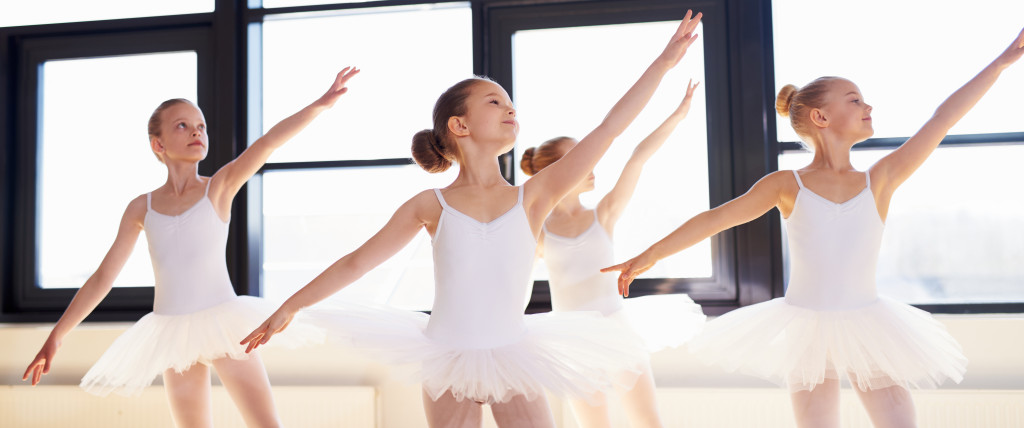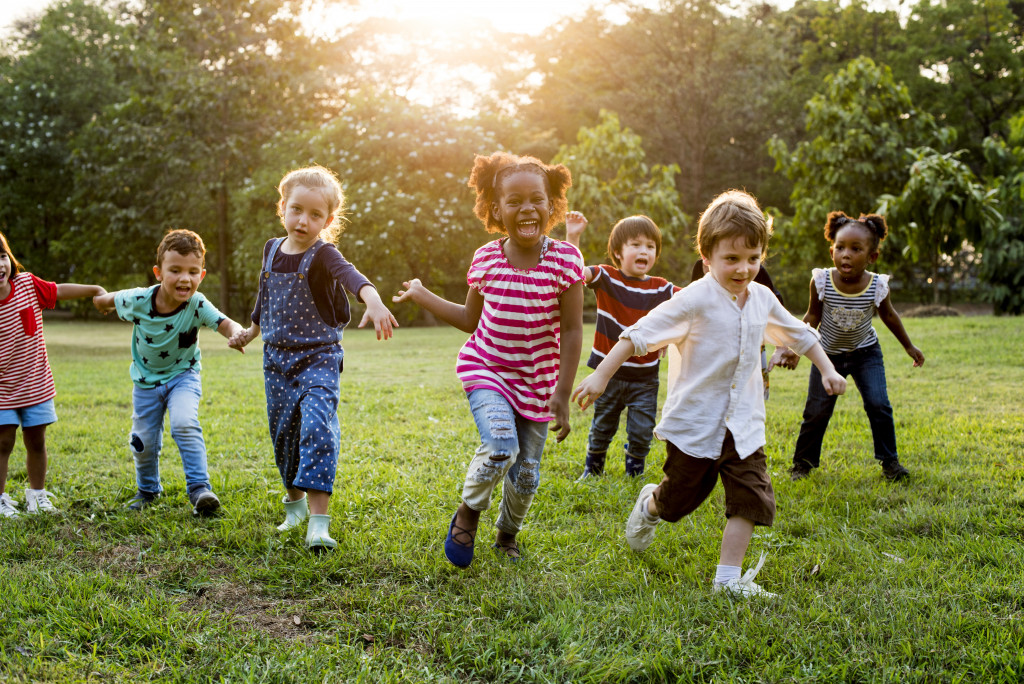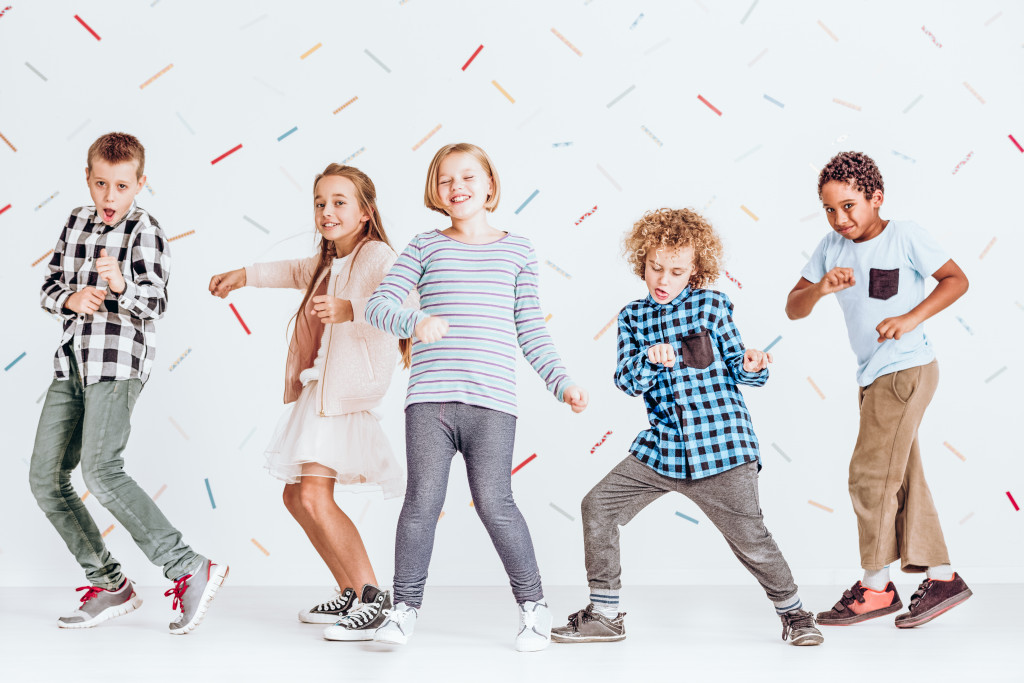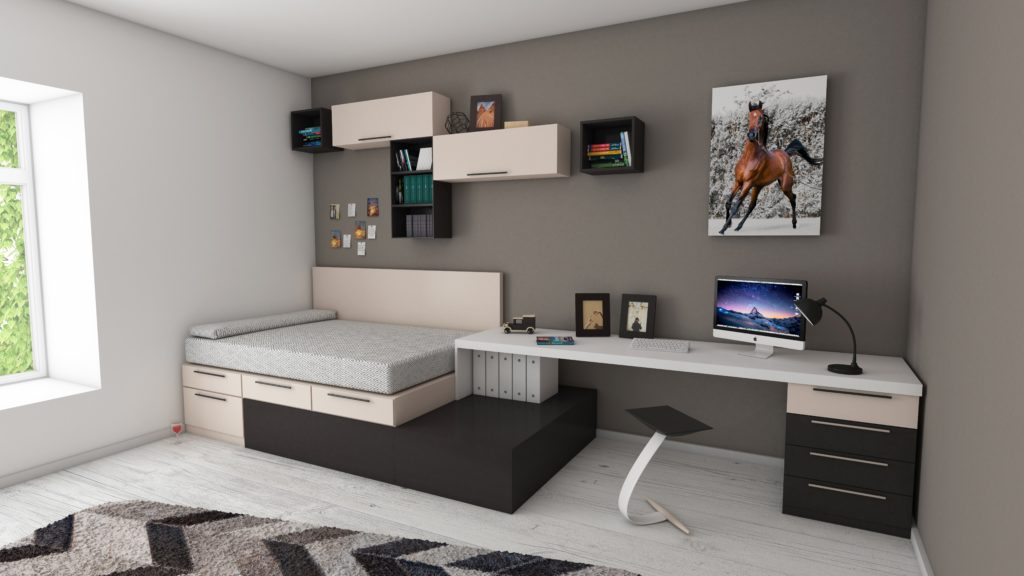- Dance can significantly contribute to a child’s self-care routine, providing a creative outlet for expression and imparting physical, emotional, and creative benefits.
- Incorporating dance into daily routines, such as family dance sessions and personal dance expressions, promotes healthy living, bonding, creativity, and emotional growth.
- Dance is a therapeutic tool for emotional release, and a blend of art and dance can stimulate creativity, problem-solving skills, and holistic self-expression.
- Engagement in community dance programs can enhance social skills, foster inclusivity, and provide exposure to the professional world of dance.
Dance is more than just a form of exercise; it’s a dynamic, transformative art of expression that can significantly contribute to your child’s self-care routine. Embracing dance opens a gateway to emotion, movement, and creativity, helping children articulate their feelings and thoughts in ways words might fall short. Dive in and explore how incorporating dance can benefit your child’s well-being.
Exploring Different Dance Styles

There are various dance styles that children can experiment with, each offering a unique flavor. For example, hip-hop dance can be a great outlet for kids to express their energy and creativity with its bold and dynamic movements. On the other hand, jazz dance, with its lively and rhythmic steps, can be a fun way to improve coordination and rhythm.
However, when considering a more disciplined and structured form that also enhances grace and flexibility, ballet classes for kids stand out. Ballet not only teaches children the art of intricate and delicate movements but also instills discipline, patience, and resilience, attributes that spill over into their daily lives.
Plus, it’s an excellent way to improve posture and physical strength. Whether it’s the casual fun of hip-hop, the vibrant energy of jazz, or the elegant discipline of ballet, dance offers a world of exploration for every child.
Making Dance Part of Daily Routine
Making dance a part of the daily routine can be a game-changer in your child’s development, not only improving their physical fitness but also enriching their emotional well-being and stimulating their creativity. Here are some tips:
Family Dance Sessions
Inject fun and bonding into your family routine with regular family dance sessions. Dancing together can be a wonderful way to spend quality time as a family while also engaging in a fun, heart-pumping workout. Choose a variety of music that caters to different age groups and tastes in your family, and set aside time each week for these dance parties.
Not only will this promote a healthy lifestyle within the family, but it also provides an opportunity for everyone to let loose, express themselves, and create shared memories. Dance, after all, is a universal language that transcends age and cultural boundaries. These sessions will become cherished family traditions, fostering a love for dance in your children, encouraging cooperation, and creating a safe space for self-expression and creativity.
Encouraging Self-Expression Through Dance
Encouraging your child to express themselves through dance can profoundly impact their emotional growth and self-confidence. This can be done by providing a safe space where they can create their dance movements, interpret music in their own way, and express their feelings through dance. You can prompt their creativity by playing different music genres and asking them to move how the music makes them feel.
This fosters creativity and allows them to explore different emotions and how to express them physically. You can also encourage them to create their dance routine, allowing them to express their ideas and feelings.
This not only cultivates their creativity but also boosts their self-confidence as they learn to appreciate their unique ideas and expressions. Dance, in this way, can be a powerful tool for self-expression and emotional exploration for your child.
Using Dance for Emotional Release

Dance can be a therapeutic experience, offering an outlet for emotional release. This is particularly beneficial for children who may struggle to articulate their emotions verbally. Dance provides a safe platform for kids to express a myriad of emotions – joy, sadness, excitement, or even frustration – through movements.
It acts as a non-verbal communication, allowing them to channel their feelings into dance routines and steps. This can be incredibly liberating and help children better process their emotions. Beyond this, the physical activity of dance releases endorphins, the body’s natural mood lifters, aiding in reducing stress and instilling a sense of calm within your child. Thus, incorporating dance into your child’s routine serves not just as a creative outlet but also as a vital component of their emotional well-being.
Incorporating Art with Dance
Integrating art with dance can further enhance your child’s creative exploration. Kids can create costumes, props, or stage settings, allowing them to express their artistic side. This harmonious blend of art and dance can foster a deeper sense of creativity and imagination, providing a holistic means of self-expression.
Painting or designing their costumes can be a form of storytelling where they can depict different characters, themes, or emotions they wish to express in their dance. Building props or stage settings can stimulate problem-solving skills and a sense of accomplishment when they see their creations used in their dance routines.
This combination of art and dance can offer an enriched, multi-sensory experience that not only fuels creativity but also strengthens the connection between mind and body, enhancing their overall artistic and emotional development.
Engaging in Community Dance Programs
Participating in community dance programs allows children to interact with their peers, learn teamwork, and appreciate diverse dance styles. These programs often bring together individuals from varied backgrounds, fostering inclusivity and cultural understanding.
From charity dance events to local dance festivals, these platforms present opportunities for children to showcase their skills and receive constructive feedback. It further enhances their social interaction and communication skills.
Also, community dance programs often run workshops by professional dancers and choreographers, offering kids exposure to the professional dance world. These experiences inspire children and foster their passion for dance, building their confidence and shaping their interpersonal skills. Therefore, engaging in community dance programs is a highly beneficial and enriching step in your child’s dance journey.
In conclusion, dance benefits your child’s physical, emotional, and creative development. Don’t hesitate! Ignite your child’s passion for dance today and prepare to be amazed by the transformation it brings. Remember, every step they take on the dance floor is a step towards a more confident, expressive, and healthier self.







